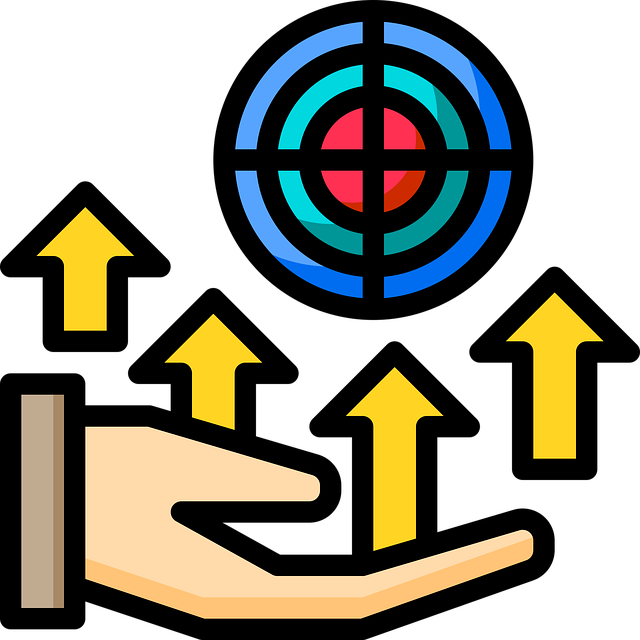AI is revolutionizing landscaping with advanced 3D terrain mapping, analyzing drone photos for accurate site analysis and progress monitoring. This technology, known as AI jobsite verification via drone photo analysis, creates detailed maps, detects deviations from plans, and provides immediate feedback, saving time and reducing costs. It's transforming construction management, especially in remote locations, enhancing efficiency, informed decision-making, and project transparency with real-time insights into terrain changes.
“Discover how AI is reshaping the landscape of terrain mapping with revolutionary 3D technology. In this article, we explore the immense potential of artificial intelligence in landscaping, particularly its impact on construction projects. We delve into ‘Unlocking the Potential of AI in Landscaping: Revolutionizing Terrain Mapping’ and uncover how drone photo analysis is transforming AI jobsite verification. Furthermore, we gaze into ‘The Future of 3D Terrain Mapping,’ highlighting enhanced efficiency and precision in construction.”
- Unlocking the Potential of AI in Landscaping: Revolutionizing Terrain Mapping
- Drone Photo Analysis: A Game-Changer for AI Jobsite Verification
- The Future of 3D Terrain Mapping: Enhancing Efficiency and Precision in Construction
Unlocking the Potential of AI in Landscaping: Revolutionizing Terrain Mapping

AI is transforming landscaping, revolutionizing terrain mapping and opening up new possibilities for professionals in the field. By leveraging advanced algorithms and machine learning techniques, AI-powered 3D terrain mapping technology can analyze vast amounts of data from various sources, including drone photos, to create highly accurate and detailed digital representations of landscapes. This not only enhances efficiency but also unlocks a wealth of insights into site topography, vegetation patterns, and potential challenges, empowering landscapers to make informed decisions from the outset.
One notable application is AI jobsite verification via drone photo analysis. Drones equipped with high-resolution cameras can capture comprehensive aerial images of construction or landscaping sites, allowing AI algorithms to automatically identify deviations from planned designs, detect progress, and ensure adherence to specifications. This real-time monitoring not only saves time but also reduces costs associated with rework by providing immediate feedback on site conditions.
Drone Photo Analysis: A Game-Changer for AI Jobsite Verification

Drone photo analysis has emerged as a game-changer in the realm of AI jobsite verification, revolutionizing how construction and engineering projects are monitored and managed. By capturing high-resolution aerial imagery from drones, this technology enables the creation of detailed 3D terrain maps that offer a comprehensive view of a site’s topography. This is particularly beneficial for remote or challenging-to-access locations where traditional on-site inspections may be impractical or time-consuming.
AI algorithms process these drone photos to identify and map features such as ground elevation, building structures, and infrastructure with remarkable accuracy. This data can then be used to verify the progress of construction projects, ensure compliance with design plans, and even predict potential issues before they arise. The efficiency gains from AI jobsite verification via drone photo analysis are significant, allowing stakeholders to make informed decisions promptly and enhancing project transparency.
The Future of 3D Terrain Mapping: Enhancing Efficiency and Precision in Construction

The future of 3D terrain mapping is set to transform construction projects, offering enhanced efficiency and precision. AI-driven technologies are at the forefront of this revolution, with innovative tools leveraging drone photography analysis for accurate jobsite verification. By capturing detailed aerial images, these systems can create comprehensive three-dimensional models of landscapes and terrains, providing a bird’s-eye view that surpasses traditional mapping methods.
This advanced technology streamlines various stages of construction, from initial site assessment to progress monitoring. With AI analyzing drone footage, project managers gain real-time insights into terrain changes, enabling them to make informed decisions promptly. Moreover, the precise 3D models facilitate better resource allocation and planning, ensuring projects stay on schedule and within budget.
AI landscaping technology, particularly 3D terrain mapping and drone photo analysis, is poised to revolutionize construction. By enhancing efficiency and precision, these tools streamline processes like terrain modeling and site assessment. Moreover, AI jobsite verification via drone photo analysis offers a cost-effective, safe alternative to traditional methods. As this technology continues to evolve, we can expect even more advanced applications that further optimize the landscape design and construction sectors in the future.
